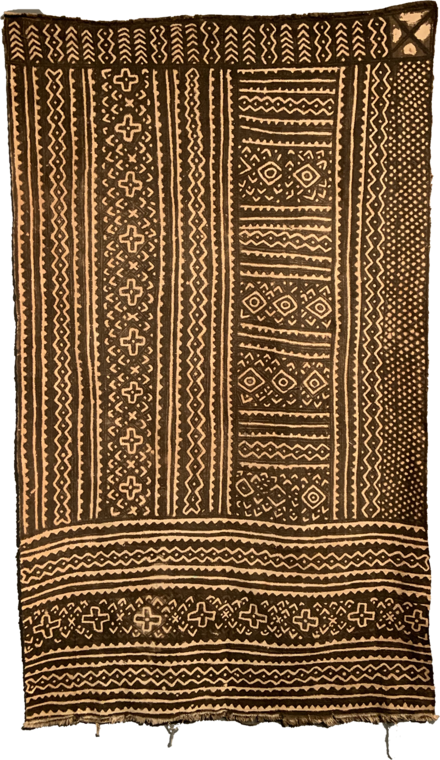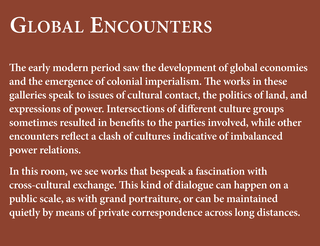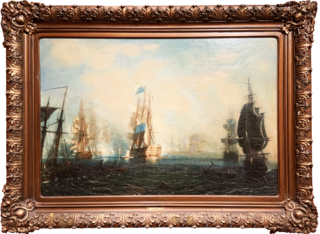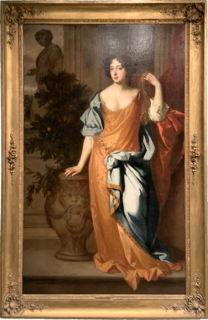
The Bamana Empire reigned in western Mali as a centralized state from 1712 until 1862 when it fell to Toucouleur invaders. However, with a population of 5 million today, members of the Bamana culture are very much thriving. Some Bamana belief systems include the notion that children are imbued with nyama, a cheeky spiritual energy that makes them fearless and defiant of their elders. The transition from youth to adulthood marks the point at which nyama is released from children, and textiles such as bogolanfini play a major role in this transition. Made by women artists, bogolanfini is a type of mud cloth decorated with geometric designs that are created through a complex process of staining and washing. This cloth is often worn by young women after a surgical procedure that marks their transition from childhood to adulthood. The cloth soaks up the woman’s bodily fluids, while also providing protection from the nyama released during the process. After the textile is worn for a period of four weeks, it is often burned with the intent to permanently shed the nyama.




